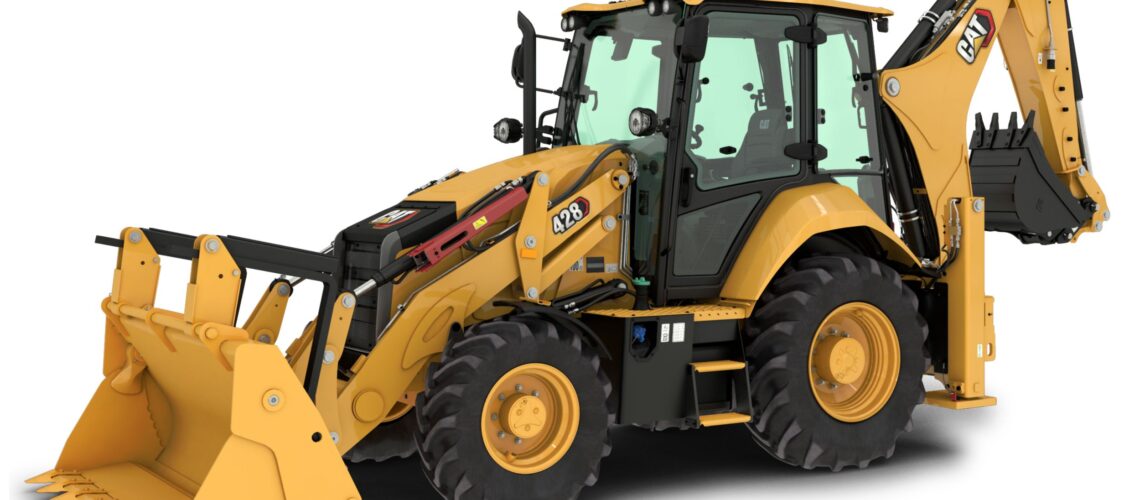Backhoe Loaders

🚜 Backhoe Loaders (commonly just called backhoes) are highly versatile, multi-purpose construction machines that combine three functions into one piece of equipment:
- A tractor (for mobility)
- A front loader (for pushing, lifting, and moving material)
- A backhoe (for digging and trenching)
🔧 Key Components of a Backhoe Loader
| Component | Description |
|---|---|
| Tractor Unit | The main body; provides mobility and houses the engine and cab. |
| Front Loader | The bucket on the front; used for loading, lifting, backfilling, and pushing. |
| Backhoe Arm | Located on the rear; used for digging, trenching, and material placement. |
| Stabilizers | Extendable legs that provide stability during digging operations. |
| Operator Cab | Center control station with visibility of both loader and backhoe functions. |
🏗️ Primary Uses of Backhoe Loaders
- Digging trenches and holes
- Excavating foundations
- Demolishing small structures
- Moving construction materials
- Backfilling and grading
- Landscaping
- Utility installation (sewer, water, gas lines)
🛠️ Why Backhoes Are So Popular
✅ Multi-functionality – One machine handles a wide variety of tasks
✅ Compact & Maneuverable – Easier to use in urban or confined spaces than larger excavators
✅ Attachments Available – Hydraulic breakers, augers, compactor plates, forks, etc.
✅ Cost-Effective – Reduces need for multiple machines on small to medium job sites
🏷️ Top Backhoe Loader Brands
- Caterpillar (CAT)
- John Deere
- JCB
- CASE Construction
- New Holland
- Kubota (popular for compact models)
⚙️ Typical Specifications
| Feature | Range (varies by model) |
|---|---|
| Operating Weight | 6,000 – 25,000 lbs (2,700 – 11,300 kg) |
| Digging Depth | 8 – 20+ feet (2.4 – 6+ meters) |
| Horsepower (HP) | 60 – 130+ HP |
| Loader Bucket Capacity | 0.5 – 1.3 cubic yards |
